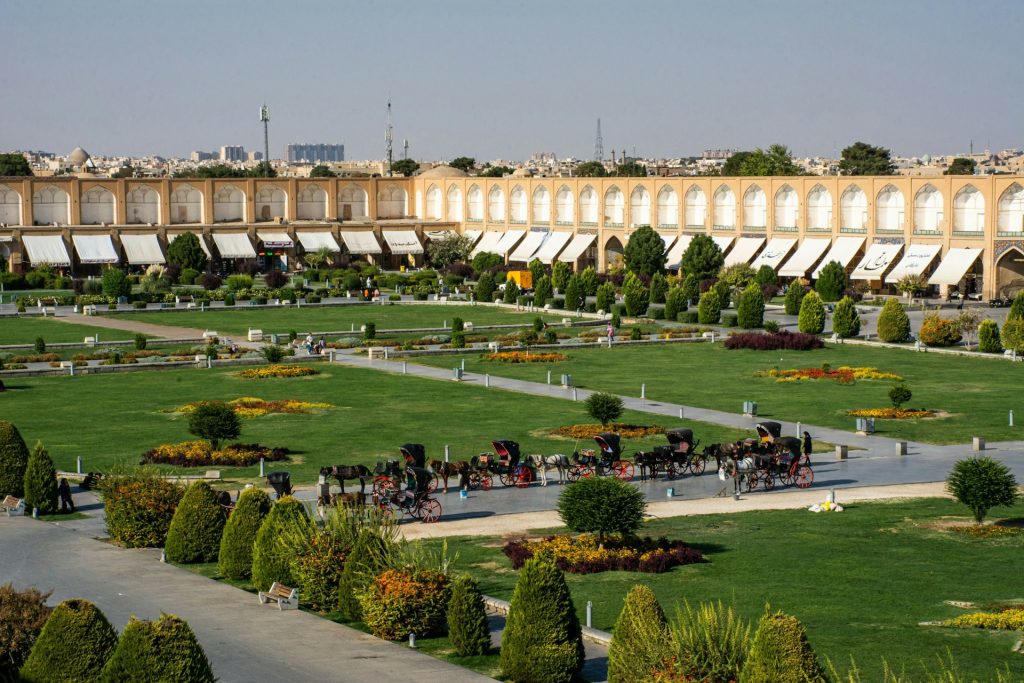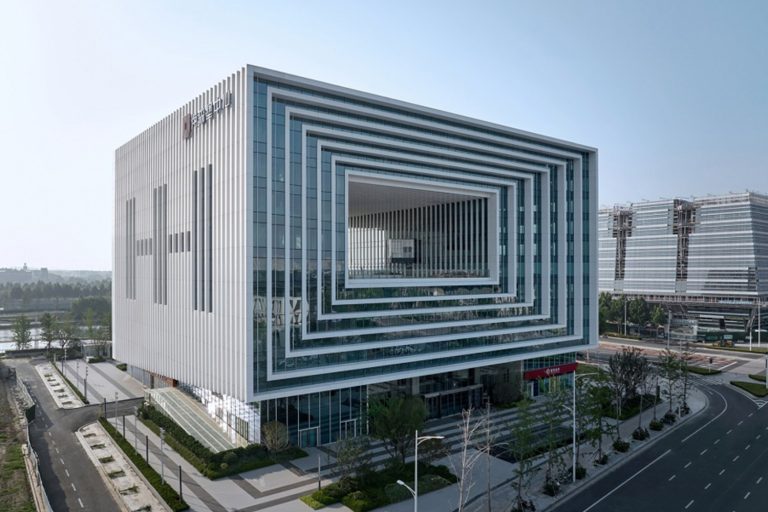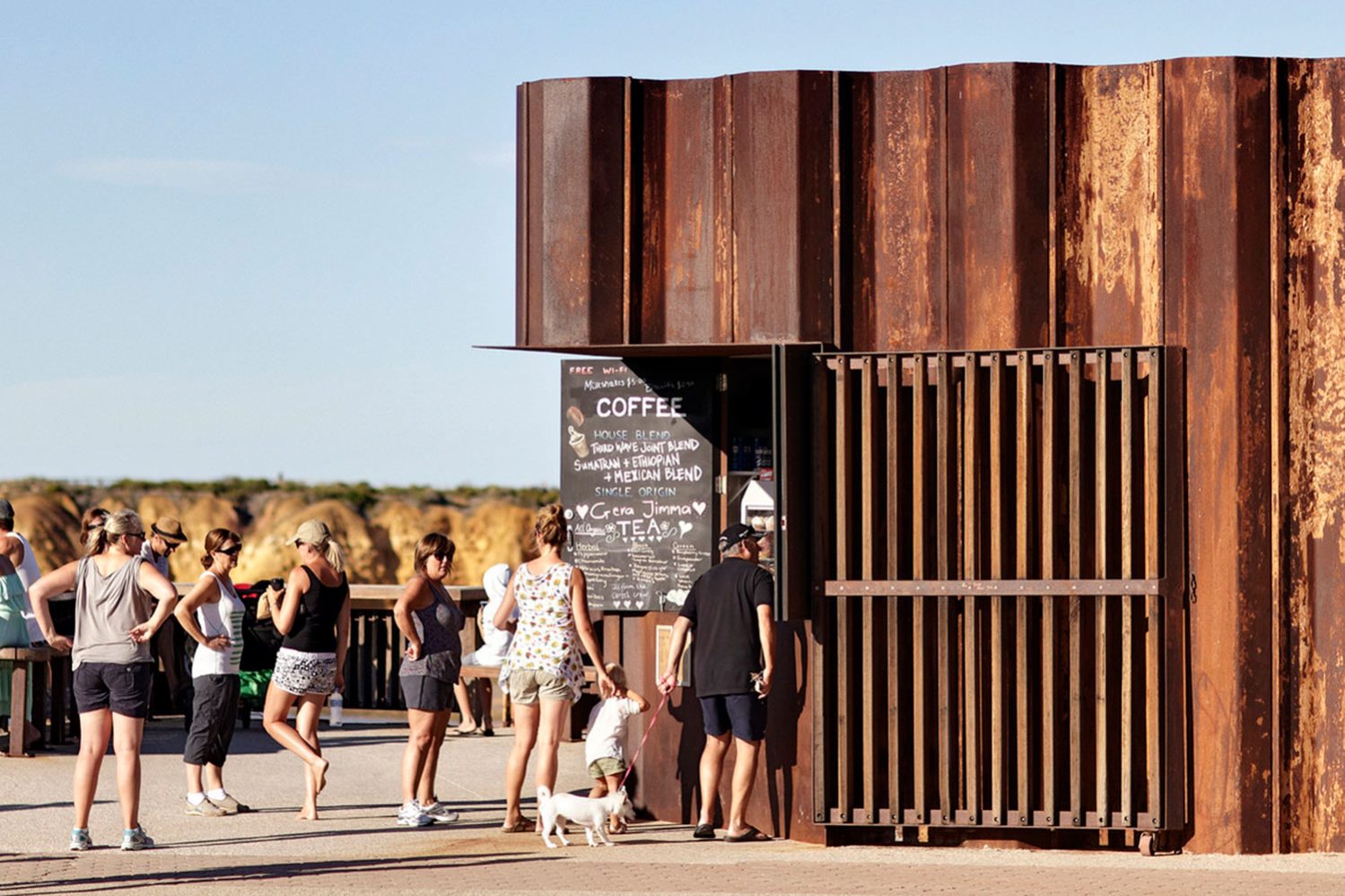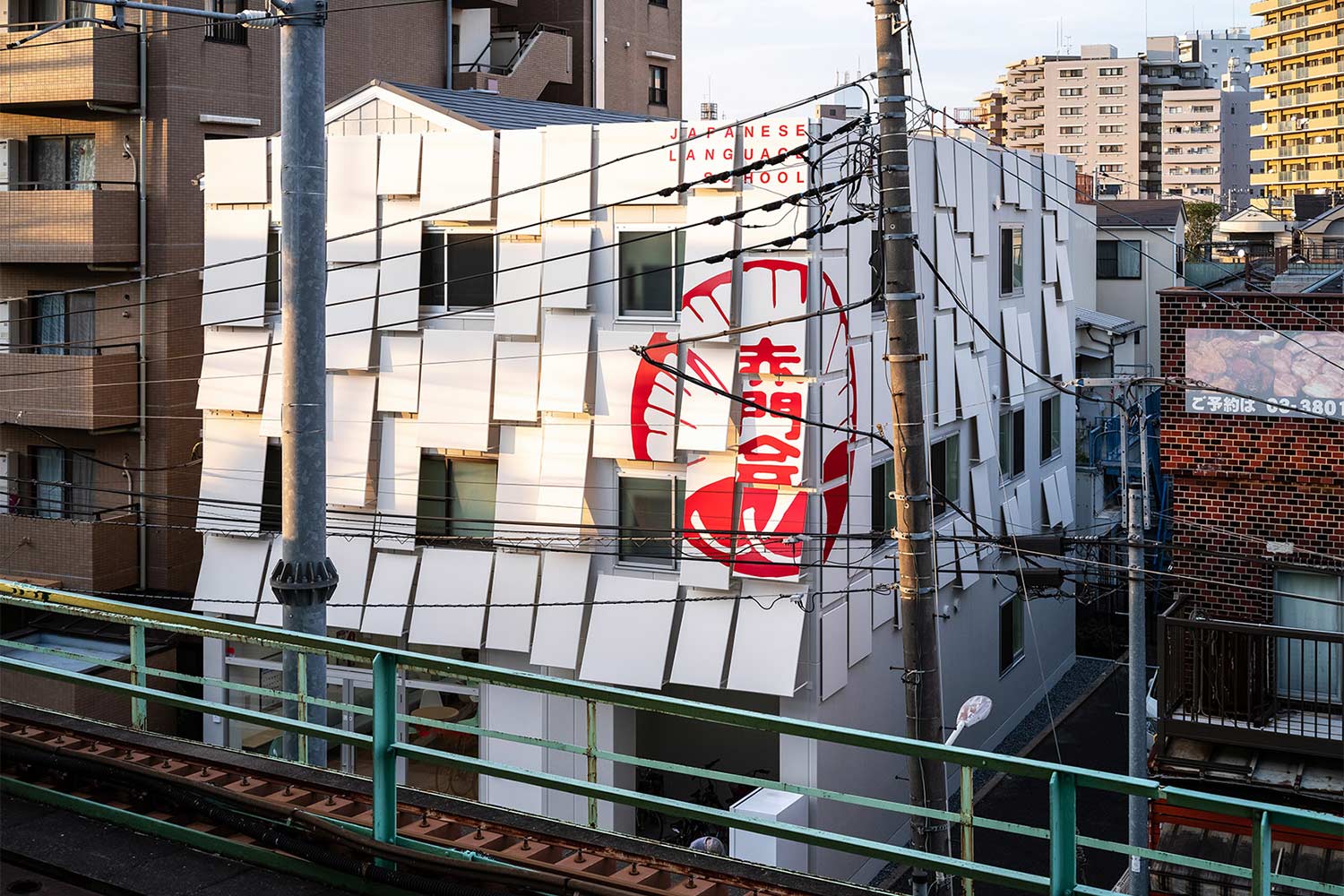
Isfahan is a crowded city in Iran with a population of around 2 million. It is situated at the crossroads of two main routes through Iran, the north-south and east-west routes. This strategic location makes the city a significant hub for transportation and commerce.
The city was the capital of Persia for the second time during the Safavid Empire under the rule of Shah Abbas the Great. The Safavid era was a significant period in its development, and its appearance was highly influenced by it. Today, Isfahan is known for its rich past, with its Perso–Islamic architecture, grand boulevards, covered bridges, and palaces.
“Isfahan is half the world.”
Persian proverb
Kim Sexton stated that Isfahan’s beauty was so remarkable that it earned the nickname “Half the World” among world travelers. According to the 17th-century historian Iskandar Munshi, this was because they only described half of Isfahan. The Safavids are recognized by historians as the first rulers to establish a foundation for national consciousness in Iran, a country with a diverse range of ethnic and linguistic groups.
Safavid Shah Abbas I’s reroute of the Silk Road also affected the city’s future. By the 17th century, Isfahan was not only attracting European merchants but also missionaries and mercenaries.

During its time as the capital of the Safavid Empire, the city underwent many changes. These changes clearly show the regularity of the urban structure operating during this period. Reza Abouei said, “The city development, to the south of the old city, was the most important planned city in Iran, which is still considered an outstanding example of urban planning.”
In the modern era, the second change in the city’s urban infrastructure aimed to make it more modern and industrial. Around 80 years ago, Isfahan and other Iranian cities underwent a major road construction and physical transformation program. Present-day Isfahan is a large, modern city that has inherited a rich legacy from the past. However, as Kayvan Karimi notes, it faces challenges arising from the conflicts between its past and present.
When you visit the city, you can see architecture from many centuries and cultures. So, here are 7 historical places to visit in Isfahan.
Naqsh-e Jahan Square

The Naghsh-e-Jahan square is located in the city’s center and has been designated as one of UNESCO’s World Heritage Sites. It was constructed by the royal urban planners under Shah Abbas’s reign. Sheikh Bahai is also recognized as the main architect behind the overall design of the square.
An Italian traveler (17th century), Pietro Della Valle said about the square, “The Royal Square of Isfahan, a marvel designed under Shah Abbas, surpasses any public square I have seen in Rome or throughout the West.”
The square was built to the south of the old city center, creating an open space between the older Seljukid city and the Zayande-Roud River. Constructed between 1598 and 1629, it is surrounded by buildings and architectural masterpieces from different periods of the region. Shah Mosque, Sheikh Lotf Allah Mosque, and Isfahan Grand Bazaar are located around this square and have many well-known structures. Also, important festivals or ceremonies are held around this square, such as Nowruz, the Persian New Year.
Sheikh Lotfollah Mosque

The Sheikh Lotf Allah Mosque was constructed during the Safavid Empire, between 1603 and 1619, and the architect was Mohammadreza Isfahani. In the 1920s, Reza Shah Pahlavi (Former Prime Minister of Iran) and Arthur Upham Pope (American Art Historian) oversaw the building’s restoration.
The orientation of the Maydan, which is north-south, does not match the southwest direction of the qibla, creating a feature known as ‘pāshnah’ in Persian architecture. As a result, the dome is not directly behind the entrance iwan. Unlike the Shah Mosque, the Sheikh Lotf Allah Mosque is simple in design and has no courtyard or interior iwans. The building consists of a flattened dome resting on a square dome chamber. Nevertheless, the interior and exterior decoration is extremely intricate. The “peacock” at the center of the interior side of the dome is one of the mosque’s specific features.
Shah Mosque

Shah Mosque is one of the symbols of the city. The mosque, constructed in 1611, is located on the southern side of Naghsh-e Jahan Square and was built during the Safavid Empire. It is a great example of Persian architecture and is part of UNESCO’s World Heritage Site list. The mosque’s architect is Ali Akbar Isfahani, a 17th-century Persian architect of the Safavid era. The Naqsh-e Jahan Square is not aligned with Mecca, so when entering the entrance portal of the mosque, one makes, almost without realizing it, the half-right turn, which enables the main court within to face Mecca.
The dome has colorful tiles covering the exterior of their domes, as they would on the interior. The Masjed-e Shah is a huge structure containing 18 million bricks and 475,000 tiles.
Ali Qapu Palace

The palace, located near Naqsh-e Jahan Square, is an imperial palace built in the Safavid era in 1597 and is also a UNESCO World Heritage Site. The palace is a great example of Safavid Architecture. The structure is approximately 50 meters high and has six floors connected with a spiral staircase. Also, from the entrance of Ali Qapu mansion to the highest part of the music hall, the building has been decorated with the art of Iranian artists.
Jameh Mosque of Isfahan

The mosque is a grand mosque of Ishafa and a great example of Islamic Architecture in Iran. The mosque’s earliest traces go back to the 8th century. The most prominent period of development was during the 11th and 12th centuries under the Seljuqs. The defining element of the mosque is the large central courtyard surrounded by four monumental gates (iwans) facing each other. The mosque is decorated with tilework. The structure has examples of geometric patterns, floral motifs, and calligraphic inscriptions.
Isfahan Museum of Contemporary Art

The museum was also constructed in the Safavid era of Isfahan as a small royal museum and was rebuilt under the Qajar Dynasty. The structure has elements of Safavid residential architecture, such as courtyard-centric design, use of iwans, and decorative elements like tilework, stucco, and mirrorwork. The museum’s collection currently includes over 700 artworks, including calligraphy, miniatures, ceramics, wooden works, and embroidered works.
Holy Savior Cathedral Isfahan

The cathedral is located in the New Julfa district. The cathedral was established in 1606 and completed with major alterations to design between 1655 and 1664 under the control of Archbishop David. The cathedral consists of a domed sanctuary, much like an Iranian mosque, but with the addition of a semi-octagonal apse. The interior is covered with frescos and gilded carvings, including a wainscot of tile work. The ceiling above the entrance is painted with delicate floral motifs in the Persian miniature style. Also, the cathedral houses a copy of the first book ever printed in Iran.







































